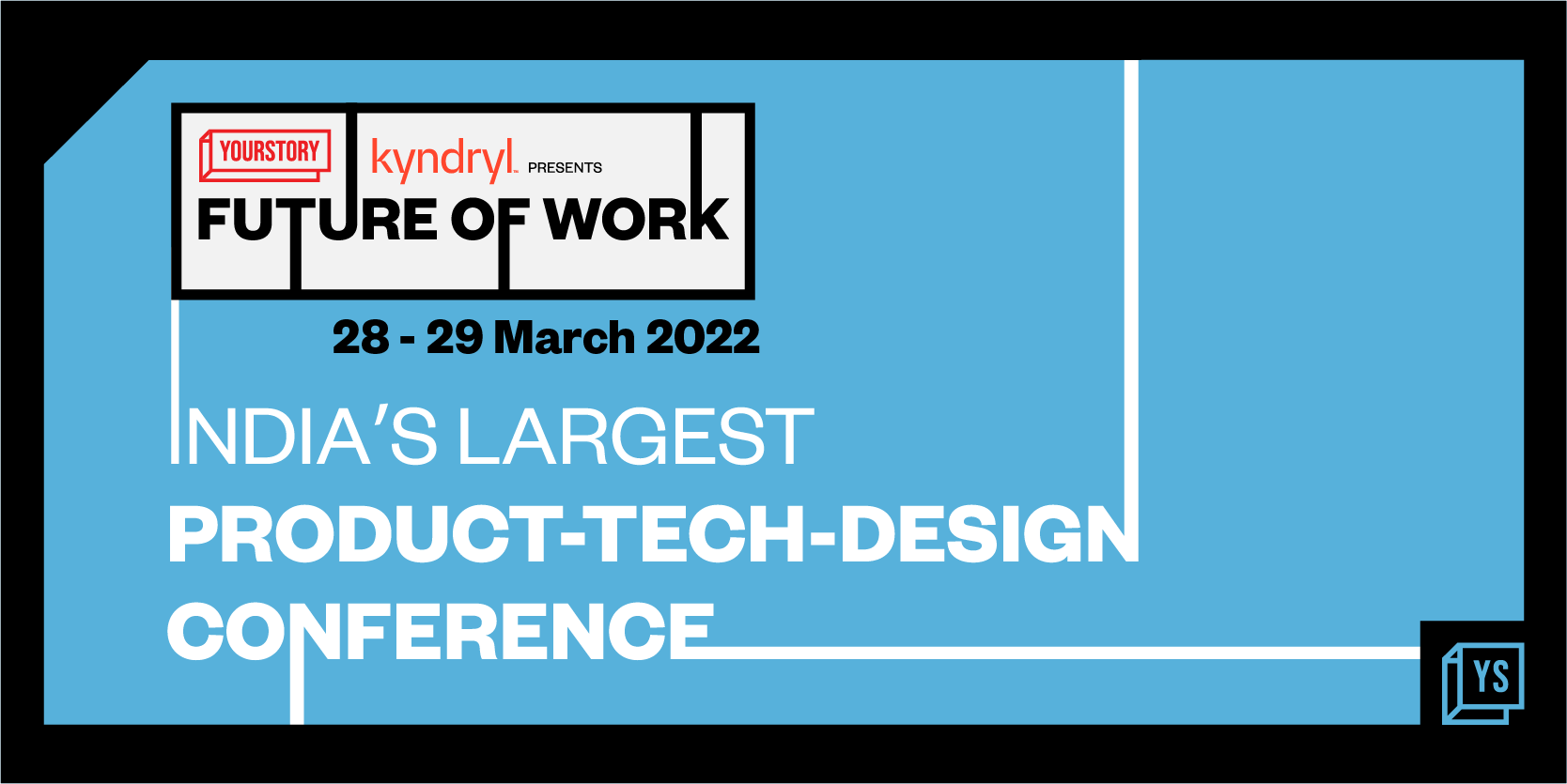Himanshu Verma, who joined Licious amid the pandemic in July 2021 and just a few months after it turned unicorn, believes working as CPTO (chief product and technology officer) at the company is a once in a lifetime opportunity for him. With more than 25 years of experience, he believes the passion for solving problems is what makes Licious so special for him as a techie.
Speaking at YourStory’s Future of Work conference 2022 in conversation with Sindhu Kashyap, Associate Editor, YourStory, he further delved into the role technology can play in powering the growth and scalability story of the startup space while solving sustainability challenges.
Launched in 2015, Licious is one of India's most disruptive consumer brands. During the pandemic, the brand went from 100 orders per day in 2015 to 20,000 orders in 2021, clocking a 3,000 percent year on year growth since its inception.
“Our deep focus on product quality, introduction of customer-first thinking and the first-principle based on a technology-led approach to solving problems, makes us really different, if not unique,” he added.

Tech elements creating differentiation for Licious
Himanshu emphasised that the technology landscape is still evolving and one needs to innovate their way to reach the desired goals. On the B2C (business-to-consumer) front, Licious is like any other ecommerce company, solving the challenges of customer acquisition, engagement, delivery, and more.
On the B2B (business-to-business) side, the effort is more on smoothening the backend operations, going deeper into backward integration, creating an ecosystem, working with farmers and fishermen, product quality, among others.
“All of that will require technology to be invented, built or deployed. That is something that we are committing ourselves to do in the long run. And those are the things that will differentiate us from anyone else in the sector,” he added.
At Licious, the team is deploying machine learning (ML) techniques to solve some of the specific problems like demand planning, product recommendations, supply chain failure prediction, product quality assessment, and more. The cold chain is mostly about building and deploying the right IoT (Internet of Things) systems, so that signals around temperature breach, etc, can be automatically captured via sensors, and the right kind of action be taken around those.
“Backward integration is going to be heavily IoT and maybe blockchain play, because there are a number of players who are contributing to that equation,” he added.
Challenges at Licious
Indians have a very unique relationship with meat, which varies from one part to another part of the country, from person to person, household to household. The consumption patterns are not really predictable and that’s a challenge startups have to address, in terms of demand and supply.
“Especially for the animal protein industry, supply is not instantaneous. I can't really magically create a chicken. The second challenge is how do we really make our services end to end, highly reliable and fast at scale,” he said.
On the company’s end, this requires automating a lot of things that are being done manually today in the ecosystem. Solving last-mile logistics, temperature breaches, speed delivery are other key challenges to tackle.
But the opportunity is right here and technology will be the key to solve all the above challenges.
“The core of this industry is managing the lifecycle of a product, which has a very low shelf life, and also requires unique handling requirements like storage and processing, and really low temperatures and so on. You cannot really do it at scale consistently, while maintaining high quality and hygiene without technology,” he added.
Future of the D2C space
The D2C industry is still in its early exploration phase, and there is a long way to go. Just a few years ago, the number of brands in these spaces were not too many and there was a fair amount of unbranded play.
“For every Amul, there was a local dairy. But brand creation, and that engagement has just accelerated in the past few years. When we came, there was no nationwide brand in the meat space. Now, process, expectations and aspirations are also rising and that will lead to industry expanding, and companies to get their act together around what they are doing,” he added.
He further emphasised that going forward, every CTO/CPTO needs to really think about who their customers are, who are the ecosystem players, what are their expectations as well as needs, what success looks like for each one of them, and kind of work backwards from that equation to build or deploy technologies in that space.
“And that is where I think a fair amount of value will get created for every player in the industry,” he signed off.

(With inputs from Tanishq Vaddi)
Edited by Sanhati Banerjee

